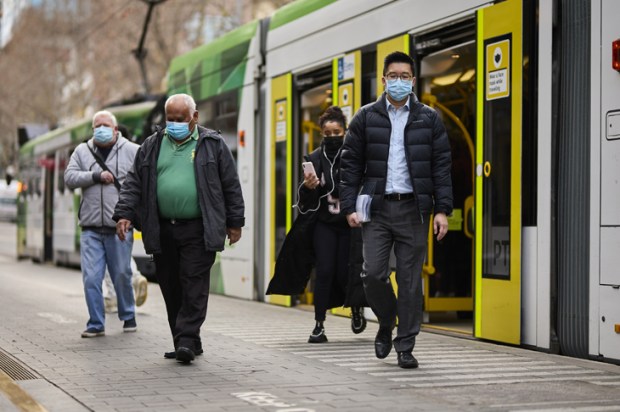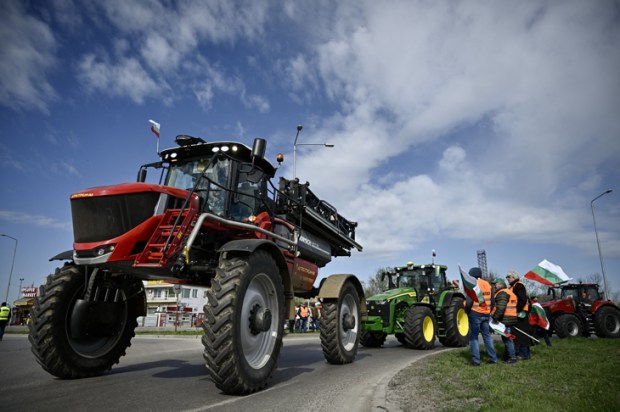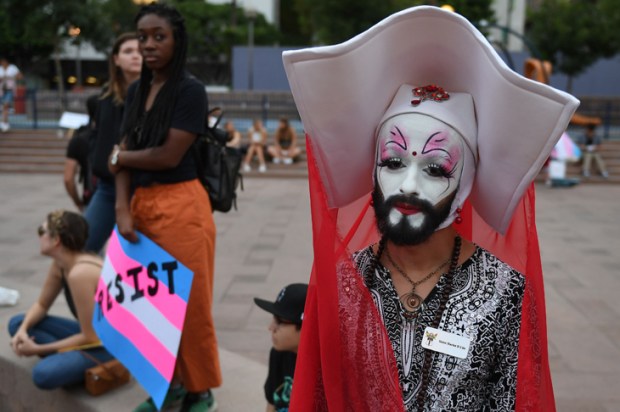Remember the brilliant Clive Dunn as Lance-Corporal Jones in Dad’s Army? His default response to a crisis was to shout ‘Don’t panic! Don’t panic!’ as he ran around in a blind panic. That’s been the story of the typical response to the coronavirus pandemic across the Western world with little evidence of balance, proportionality and risk-management.
In Europe and North America, the steeply rising virus infection curve in autumn raised four critical questions. If social distancing, universal masking and lockdowns work to suppress the virus: why was there a resurgence with the onset of the flu season? Why were the summer months not better utilised to encourage low-risk cohorts to mingle and build up immunity in the general population? What was the point of reimposing stringent control measures if they failed to achieve robust results in the first place? How do influenza, pneumonia, and Covid deaths compare to the seasonal five-yearly average for flu and pneumonia deaths?
Looking back at the year, the settled science on pandemics was thrown out because of gravely defective mathematical modelling by people who should have had zero credibility based on past form. We still cannot state with confidence how many die from, not just with, Covid-19, for example 94-year-old former President Valéry Giscard d’Estaing. Deaths by lockdowns are large in Western countries and catastrophic in developing countries. Carefully done comparative studies have mostly failed to demonstrate hard evidence for lockdown effectiveness. A cursory look shows countries with stringent lockdowns like Belgium, Peru, Italy, Spain and the UK have mortality rates of 884 to 1,456 deaths per million people; but others with more relaxed policies like Finland, Japan, Norway and Taiwan have 0.3 to 74 DPM. What’s even more interesting is that since April to May, Denmark, Norway and Finland have had much more of a laissez-faire policy, with fewer and less harsh restrictions, than much-maligned Sweden and are none the worse for it.
The evidence against universal mask mandates also keeps growing. On 4 November, researchers withdrew their paper from medRxiv arguing mask mandates had led to a fall in hospitalisation ‘because there are increased rates of Sars-CoV-2 cases in the areas that we originally analyzed in this study’. In other words they had neglected the seasonality of infection curves going down during summer and were caught by surprise at the upsurge in autumn.
The evidence grows also for herd immunity. On 2 November the BBC’s Soutik Biswas wrote that Indians hit by multifarious diseases from birth, combined with primitive public health infrastructure, should have been particularly vulnerable to Covid. Yet, against high US-European mortality and the world average of 193 DPM (3 December), India’s mortality is 100. Research by Indian scientists, Biswas reported, suggests that exposure since childhood to an extensive range of pathogens has given Indians sturdier immunity to Covid-19. Another study in the International Journal of Infectious Diseases suggested a similar conclusion holds for sub-Saharan Africa.
November proved important for wider acceptance of the idea of pre-existing levels of T-cell immunity based on memory of previous exposure to related coronaviruses like the common cold. The UK Telegraph’s science editor Sarah Knapton reported that a team from Public Health England found about one-quarter of workers from the police, fire and health services had high-levels of T-cells which recognised Covid-19, even though half of them had never been infected by it. Moreover, none of them were infected by Covid-19 in the following four months, strongly suggesting protective immunity conferred by T-cells.
Another team looked at human genomic datasets for possible explanations for the strikingly lower rates of Covid-19 infections and mortality in East Asia that has been the geographic origin of several modern coronavirus epidemics. Their results suggest that ancient coronavirus-like epidemics drove adaptations in East Asians from 25,000 to 5,000 years ago. As they colourfully put it: ‘An arms race with an ancient corona-like virus may have taken place in ancestral East Asian populations’.
On 17 November, even the NY Times published an article by Apoorva Mandavilli that reported on multiple studies indicating immunity from many different sources that can last for years, if not decades. Sars survivors are still carrying immune cells 17 years later. Seventy per cent of those who have recovered from Covid-19 – as 99 per cent of people under 75 do – have powerful and protective killer immune cells. As Akiko Awasaki, an immunologist from Yale University, remarked, this is ‘what is supposed to happen’ – that’s how our natural immune system works. Re-infection can occur, but very rarely and not so lethally. To top it off, the Times published a further article on 25 November warning that school closures were preventing the development of natural immunity in children quarantined at home for extended periods.
Herd immunity is the end point of equilibrium if a pandemic becomes endemic, not a strategy to get there. A mass immunisation program is one strategy to reach that goal – although waiting for a vaccine is a hope, not a strategy. Another is buildup of population immunity by natural means while carefully monitoring hospitalisations and ICU occupancy to prevent them being overwhelmed. A rise in Covid-19 hospitalisations and deaths in the autumn confirmed that Sweden had not yet reached herd immunity. At the same time, Dr. Sebastian Rushworth argues, the rate of rise in both measures is considerably slower than in the spring, and stabilised at a much lower level, confirming that a significant level of population immunity did build up over the summer. The seven-day moving average of daily deaths peaked at 47 on 24 November and was down to 17 by 2 December, compared to 93-99 between 11–20 April.
In an earlier article (10 October), I had described the lead author of the Imperial College London model, Neil Ferguson, as the Pied Piper of pandemic porn. A dozen experts led by Joseph Friedman evaluated the predictive performance of eight models. Their preprint, posted on medRxiv on 19 November, confirmed that the ICL model was the worst of the lot, with its mortality predictions being riddled with five times more errors than the other models. Speaking on BBC Newsnight on 1 December, Ferguson revealed he’d received a lot of abusive hate mail from people infuriated by virus-related restrictions. Sad.
Some day there needs to be a comprehensive inquiry and accountability for the experts and decision-makers involved in this public policy tragedy that has impacted the lives, livelihoods, mental health and emotional wellbeing of tens of millions of people.
Got something to add? Join the discussion and comment below.
Get 10 issues for just $10
Subscribe to The Spectator Australia today for the next 10 magazine issues, plus full online access, for just $10.
You might disagree with half of it, but you’ll enjoy reading all of it. Try your first month for free, then just $2 a week for the remainder of your first year.














Comments
Don't miss out
Join the conversation with other Spectator Australia readers. Subscribe to leave a comment.
SUBSCRIBEAlready a subscriber? Log in